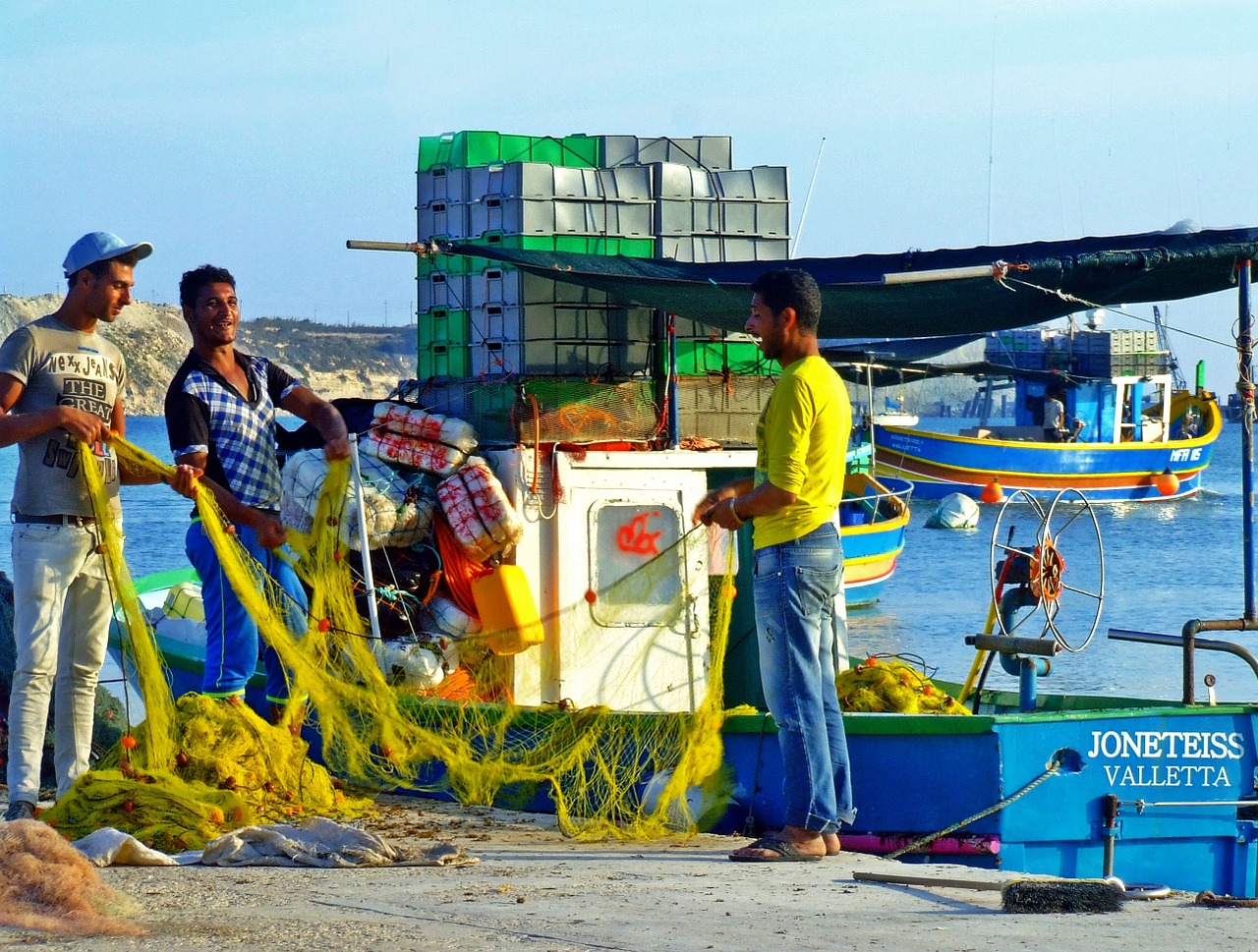
Photo: Pixabay
Almost 700 tonnes of fish have gone unreported from Malta’s statistical system every year for the past decade, a new study by the Sea Around Us reveals.
As industrial fleets expand their activities in the country’s Exclusive Fishing Zone, the amount of discards that they generate also grows. In recent times, fishers have been dumping approximately 380 tonnes of fish every year, which is the equivalent to the amount of seafood needed to feed 19,000 people for a 12-month period.
Most of these fish are caught unintentionally by trawlers and thrown back into the ocean because they are undersized or damaged. “Discards are playing an increasing role in the unreported catches,” says Myriam Khalfallah, lead author of the study published this week in Mediterranean Marine Science.
Khalfallah, who is a Ph.D. candidate with the Sea Around Us, a research initiative based at the University of British Columbia* and the University of Western Australia**, says that authorities need to start monitoring discards in order to keep track of the health of Malta’s fish stocks and guarantee the food security of its people. Doing so would make the country a leader in the region when it comes to fisheries management.
Accomplishing such a goal would require officials to start counting ‘subsistence-type’ catches as well. According to the researcher, fish caught by commercial fishers for their personal and crew or family consumption are also missing from government reports and their numbers add up to 285 tonnes per year in recent years.
Recreational catches are also nowhere to be found despite the fact that, only in 2014, recreational vessels represented around 65 per cent of the total Maltese fishing fleet. “People fishing for fun only catch a total average of 24 tonnes per year and they retain most of their catch. However, their numbers continue to climb thanks to a growing tourism industry and improved economic conditions in the country. It is important to keep a record of what they are doing,” Khalfallah says.
Overall, Maltese catches between 1950 and 2014 were 1.3 times higher than reported. “Malta is making good efforts to estimate unreported commercial landings, but the recreational and subsistence fisheries together with discards need to be monitored to get a better idea of what is really being withdrawn from the sea,” the scientist concludes.
The study “Reconstruction of Marine Fisheries Catches for the Republic of Malta (1950-2014)” uses the Sea Around Us’ catch reconstruction method to incorporate unreported catches and complement both national statistics and fishery data assembled by the Food and Agriculture Organization of the United Nations. The aim is to provide more realistic estimates of how much fish is really caught by the industrial and small-scale sectors and under what circumstances.
To schedule an interview with the author, please contact Valentina Ruiz Leotaud v.ruizleotaud(at)oceans.ubc.ca
* Institute for the Oceans and Fisheries
** Centre for Marine Futures


